The new BMW XM is the first high-performance car from BMW M GmbH with an electrified drive system
BMW’s sporting flagship promises to be the best of its luxury SUV division, combined with the best of its racy M division. Does it deliver?
Many large SUVs are dramatically imposing, aggressive vehicles that look like they are as likely to declare war on Mars as get you to your destination. Which is fine if you are a certain type of person or in a certain mood. But not always.
The BMW XM is certainly a large SUV. It is also a kind of flagship of the company’s range, combining, in an adaptation of their own words, the best of its SUV division (X) with the best of its sports division (M).
It doesn’t need a racing driver to tell you that a huge, tall wide vehicle is not necessarily best suited to a racing purpose; and nor is a racing car mush suited to carrying several people wearing Etro and Patek Philippe and Off White around in comfort.
But in the manner of an athletic rugby forward, or a centre back, the XM carries off that blend of athleticism and muscle.

Unique exterior design twinned with luxurious interior that showcases the ‘M Lounge’ concept
Follow LUX on instagram: luxthemagazine
What is particularly interesting about the car is that while it looks dramatic and striking, it manages not to look aggressive. Perhaps because of its hybrid nature, it gives off an element of futuristic electric vibe.
It’s also great fun to drive, even in town. BMW have somehow managed to endow it with responsive steering, and very flat cornering, it feels astonishingly agile for a car the size of a small hotel. Like all hybrids, it is very relaxing to drive an electric mode, and when the engine kicks in, you get an overlay of sound.
The nature of the sound divided our passengers: Some thought it sounded cool and racy, others said that such a sophisticated looking car should be seen and felt rather than heard. It’s not as noisy as a Lamborghini SUV, but it’s much louder than a Bentley Bentayga or Rolls-Royce Cullinan. Happy medium or compromise? Probably in the eye of the beholder.
Read more: Porsche 911 Carrera GTS Review
What sure is that this is a magnificent long-distance vehicle. Back seat passengers get smart, detachable branded leather cushions. (even the plug-in charging cables in the boot/trunk are housed in a rather striking leather overnight bag), there is masses of legroom and a feeling of a huge amount of space and light in the car, and also that the rear seats are well designed, unlike in some of these vehicles where you end up sitting very upright. A journey between London and Oxford was devoured in one gulp without anybody noticing the in between.
Speaking of gulps, in the past an SUV of this size would have been planet-wearingly thirsty, but due to its engine efficiency and electrical assistance, the XM is remarkably frugal – more so than many cars half its size and power.
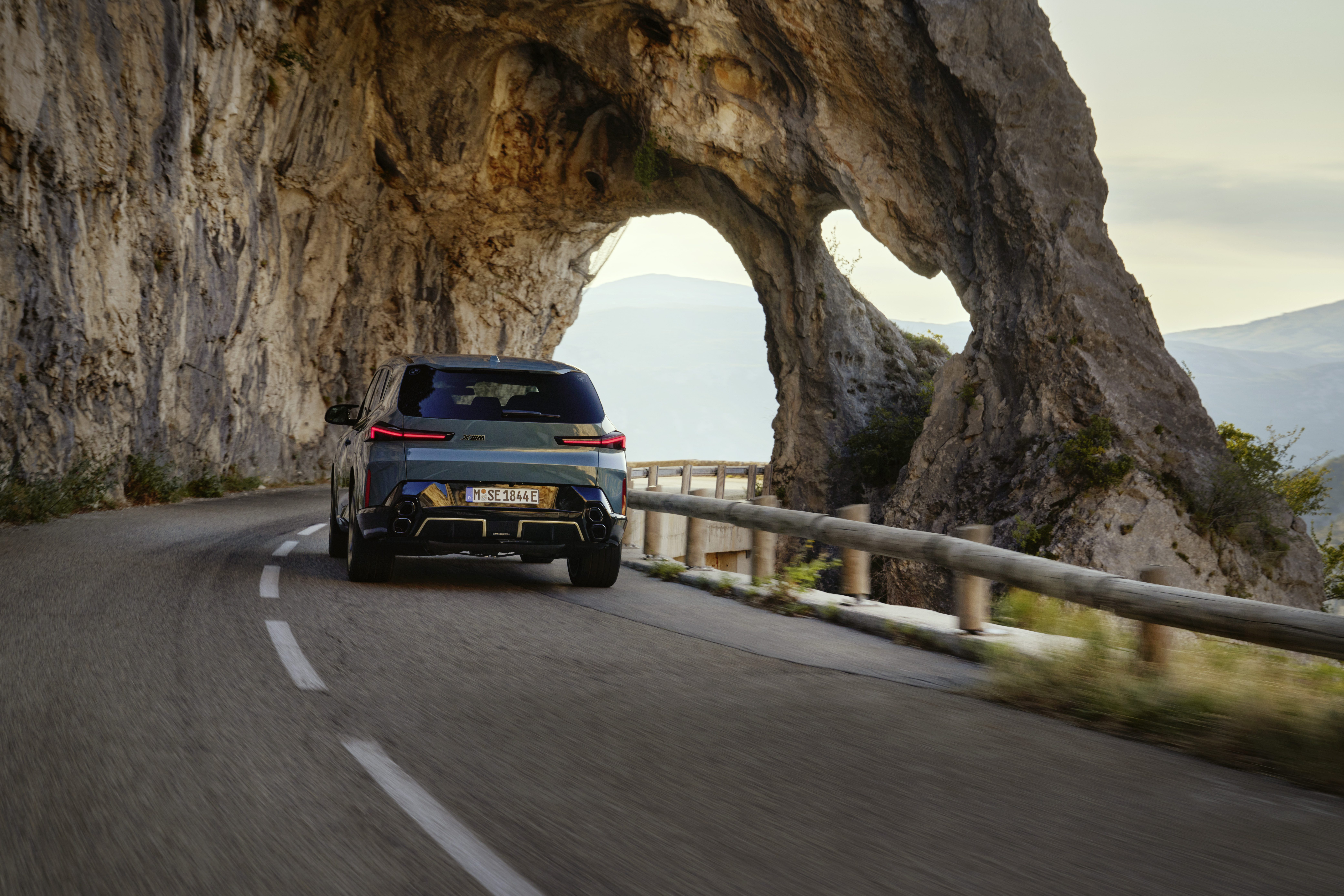
The high-performance Sports Activity Vehicle (SAV) is powered by a newly developed plug-in hybrid system delivering 653hp and 800Nm of torque
Criticisms? Apart from the size, which you have to be able to deal with f you are buying a car like this, the entertaining and sporty nature of the driving experience means that the ride is quite firm. Don’t expect a limousine here – for that you should look at this car’s I7 sibling. But if you can live with that, this is quite the car.


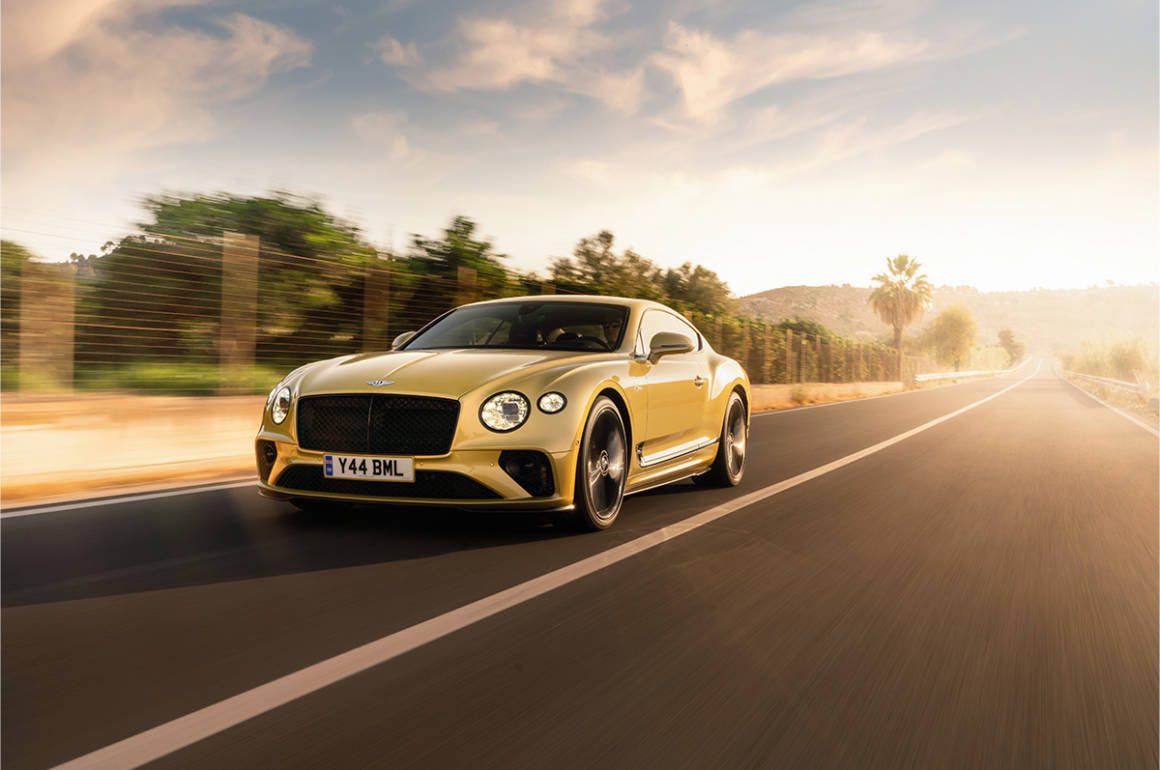






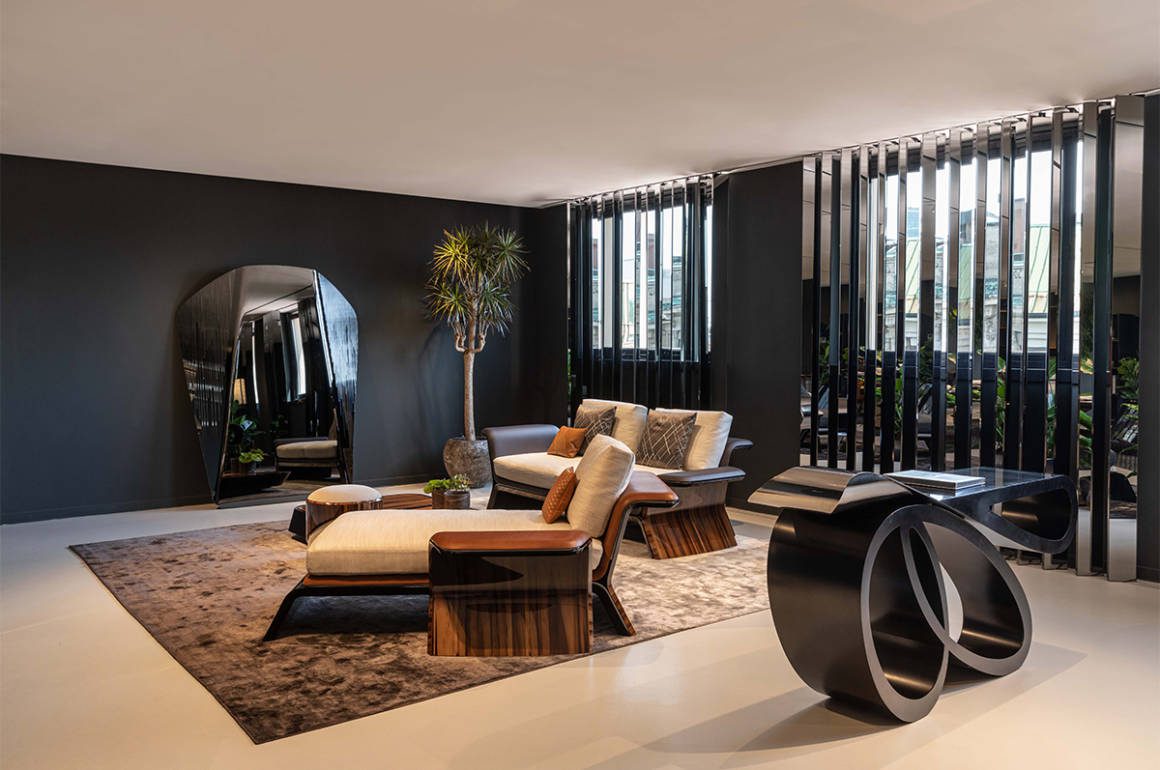



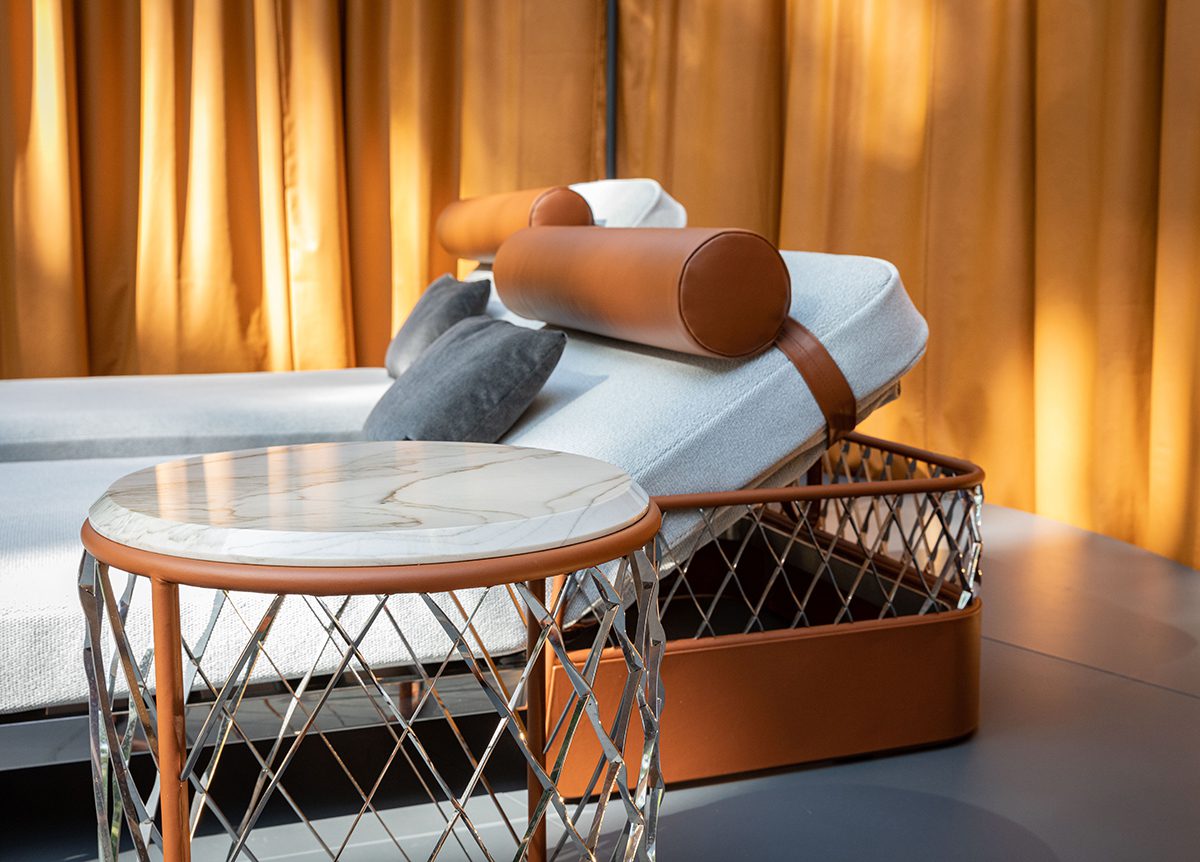





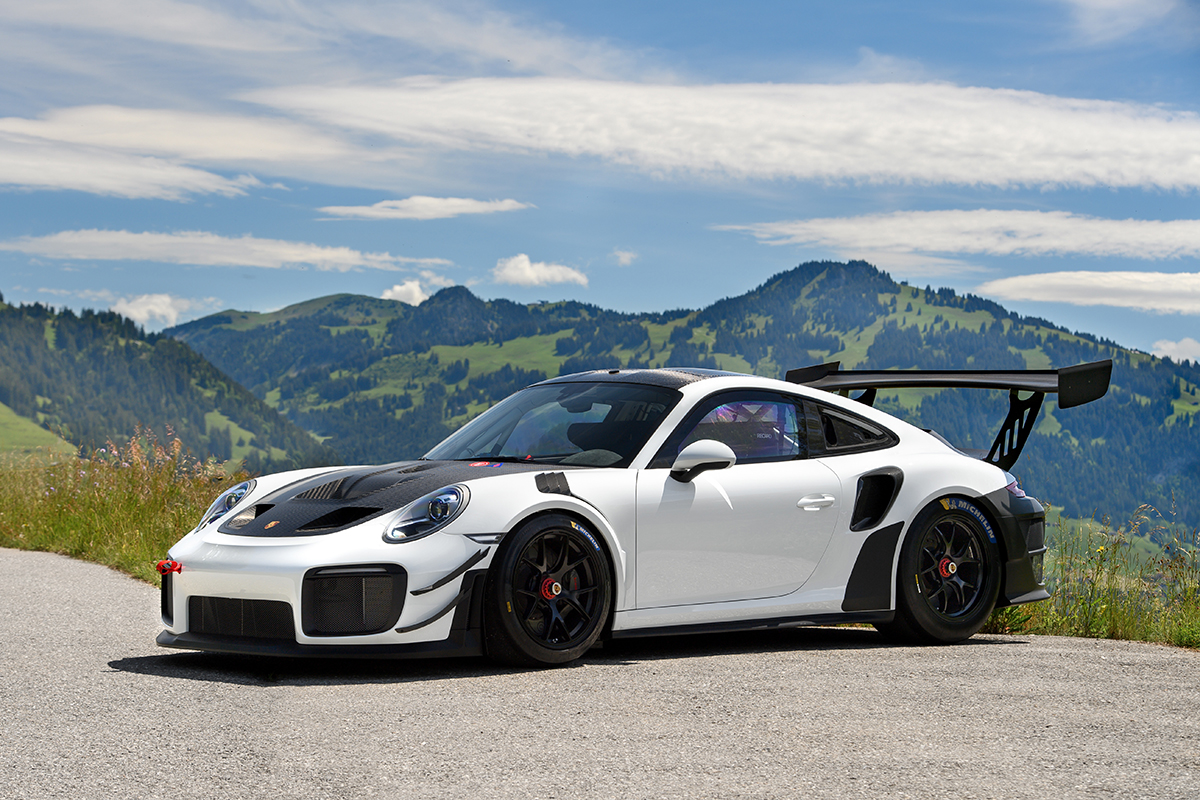



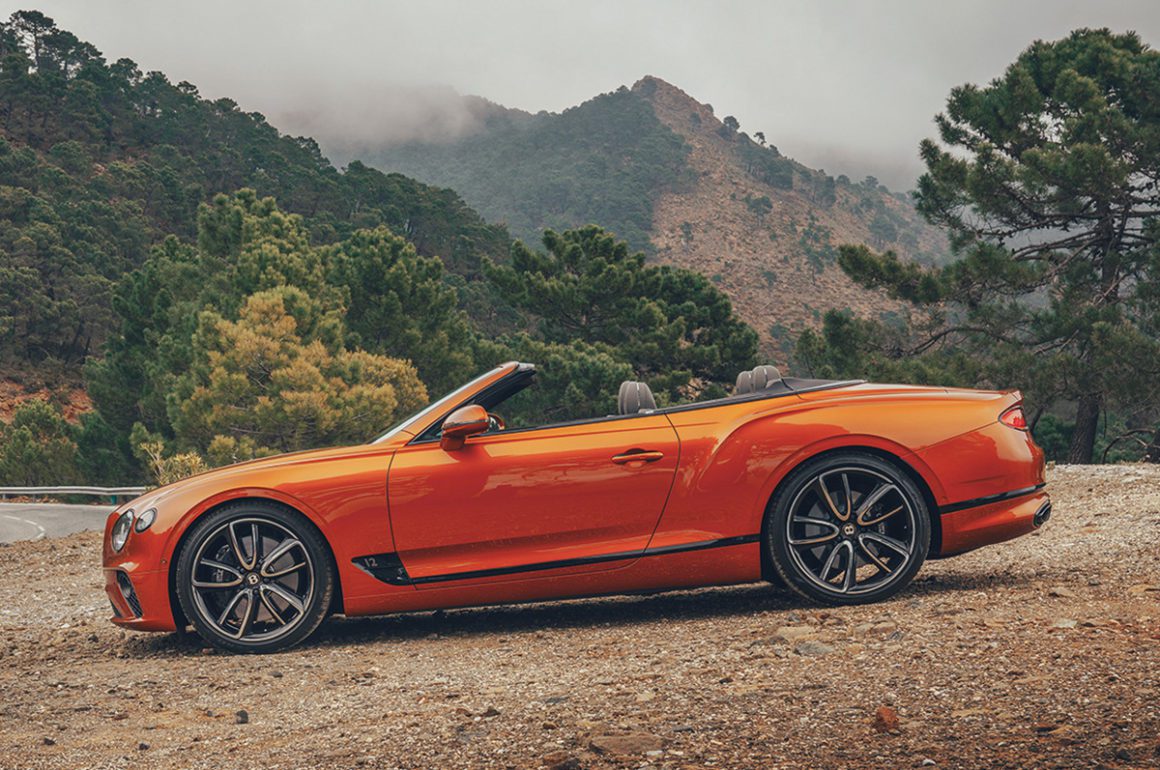

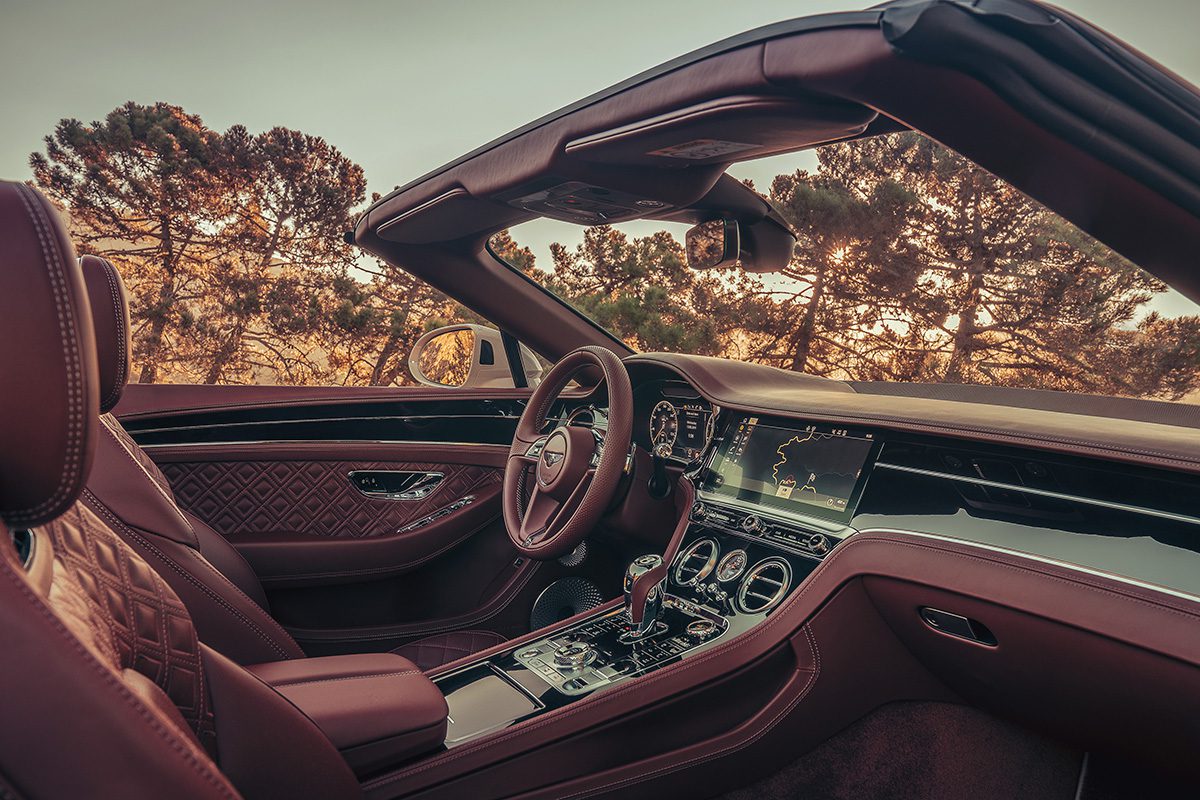


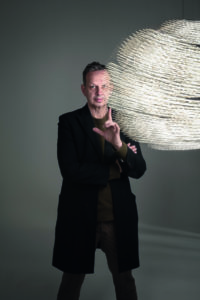























Recent Comments